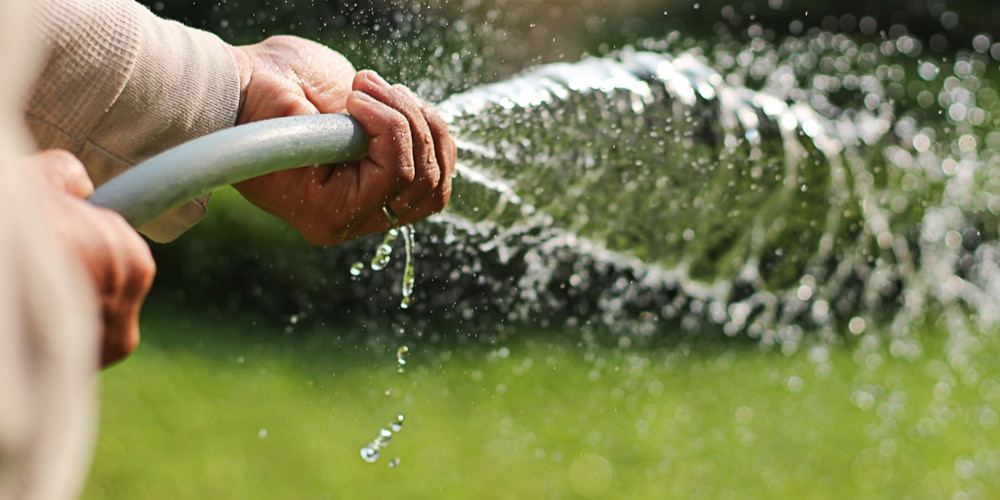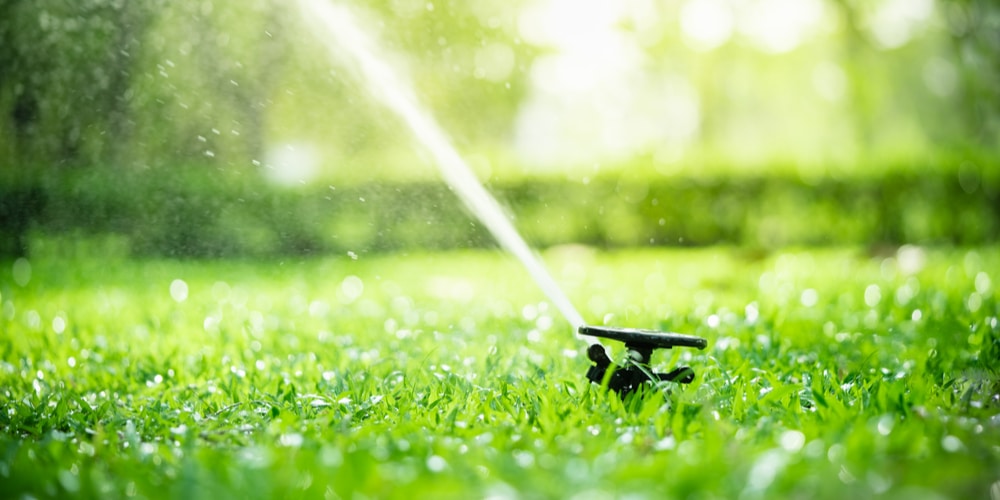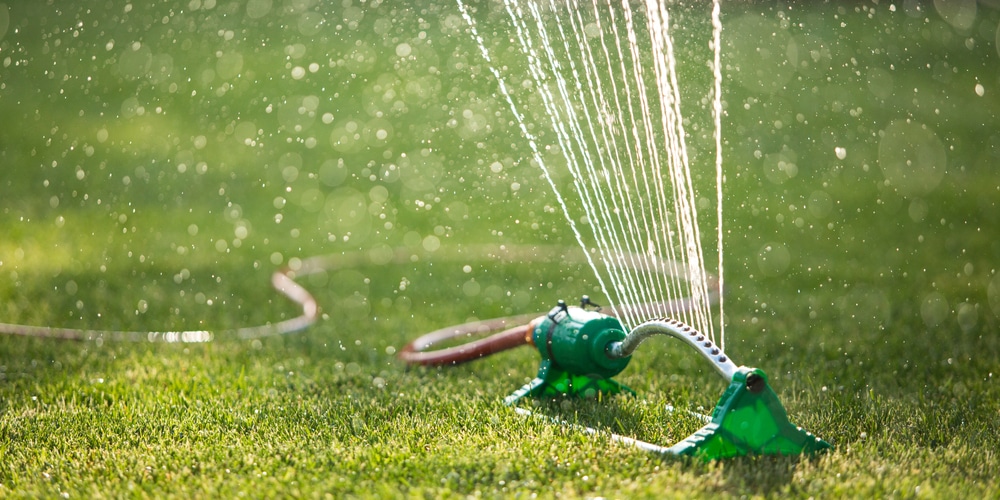Zoysia grass is an excellent option if you live in a Southern State. Indeed, this warm-season turf tolerates drought, thrives in hot temperatures, and is relatively low-maintenance (in the ideal climate).
Still, providing it with the proper care, especially during the first months after planting, will make a considerable difference in its health. To get the dense coverage that characterized this grass, you should learn how often to water your new zoysia sod.
Keep in mind that zoysia’s watering frequency is different from most kinds of grasses.
However, that doesn’t make it impossible. Instead, you might have to pay attention to how frequently you water your lawn to get the most out of it. Luckily, it isn’t anything out of this world! Keep reading to explore the ideal watering schedule for zoysia sod.
Watering Schedule for New Zoysia Sod

Zoysia grass performs best in well-drained substrates. During the first weeks after installing it, keep the ground moist. Doing so will prevent the formation of shallow roots and encourage the development of a hardier type of grass.
Due to its characteristics, zoysia grass needs about half the amount of water you would use for cool-season grasses. While the amount might increase during the dryer and hotter months of the year, you can expect to have to water your lawn only once every two weeks.
In the first week (or even ten days), water every day. Ideally, keep the ground wet to encourage strong root development. Don’t forget to apply enough water every day to prevent it from drying.
If you live in a warm reason, that might mean watering your lawn in the morning and the evening.
Decrease the frequency but increase the volume when the sod is rooted in the soil. After about two weeks, you can decrease the frequency and volume and water your lawn with about one inch of moisture every week.
If you need to check, peel up a corner every week to check how well it is going. If you notice white roots forming (and feel how the lawn becomes harder to pull), it is time to decrease frequency.
How long Does It Take for Zoysia To Establish?
Zoysia generally takes around 30 days to establish itself in a new location. So, you should pay attention to your grass’ watering needs, particularly during this time. While you might be able to install your zoysia lawn from seeds, it is more challenging than doing the same from sod.
Also, you’ll most likely get a coarse-texture turf with uneven growth when sowing seeds. Instead, sod is the faster option (even if more expensive). Still, it will take a couple of seasons before enjoying all of its beauty.
So, be patient when growing zoysia grass, and don’t expect to get results overnight. To encourage the formation of healthy roots, consider fertilizing your new sod. You can find products suitable for the grass conditions and your region.
Don’t forget to follow the instructions on the product’s label to avoid doing more harm than good. But while fertilizer might make some difference, watering is a crucial step in the correct establishment of this lawn. Put the tips we included in this essential guide into practice if you want healthy zoysia!
How to Water Zoysia Sod
Once established, your zoysia sod will require about one inch of water per week. If you live in a rainy region, avoid adding extra water during a particularly wet week. You may want to get a rain gauge to measure how much water fell during a storm.
Alternatively, looks under the sod rolls to check whether the ground is wet or not. If it doesn’t look (or feel moist), add extra water, even after a rainy day.
Water your lawn early in the morning (before the sun starts hitting harshly, around noon) for best results. Doing so will improve the absorption rate and keep the soil moist for longer. Also, it will allow it to dry before evening when there is a higher risk of diseases and fungal infections.
Don’t forget that your lawn’s needs will likely change depending on the time of the year. You should water your lawn less frequently between January and April when the grass is dormant.
However, that doesn’t mean suspending the addition of moisture since the grass will need it to prevent dehydration and desiccation, and more so if it doesn’t rain often.

